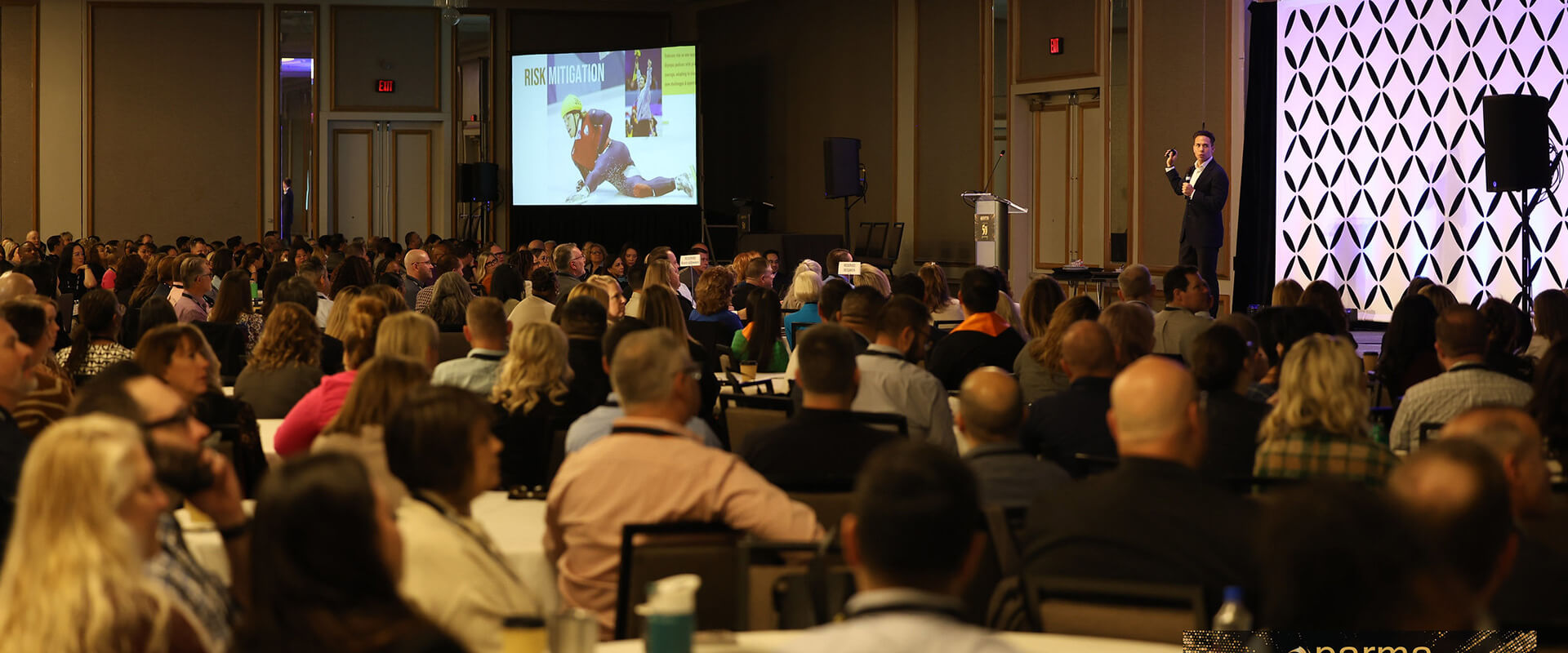Casualty Drill Means Readying for the Unthinkable
(TNS) - Running past the wounded crying out for help, a team of police officers made sure an active shooter was was no longer a threat. Only then did they start giving other assistance at a mass casualty drill on Thursday morning.
“You can't assume he's dead,” said Officer Michael Eldred of the Indiana State University Police. “They are still a possible threat. That's why we handcuffed him. Then, once the shooter is secured and we make sure there were no other active shooters, we try to lend any assistance we can.”
Blood, wounds and weapons -- all fake -- added to the chaotic scene in a parking lot near the Landsbaum Center on the campus of Union Hospital.
Teams from both Regional and Union hospitals participated in the drill, along with Air Evac, IU Health Lifeline personnel, staff of the Rural Health Innovation Collaborative Simulation Center, and other agencies.











